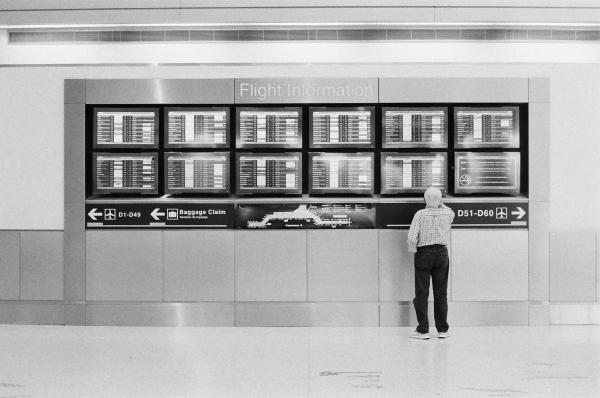How Interactive Building Directories Are Transforming the Customer Experience
Traditional building directories have come a long way, transitioning from static signs to dynamic, interactive touchscreen interfaces. Office building directory signs now feature streamlined navigation within complex environments. Keep reading to explore the myriad ways in which these systems are setting a new standard for customer interaction and engagement.
The Evolution of Interactive Building Directories
Building directories began as simple listings, often printed or engraved, providing basic guidance to visitors. With advances in digital technology, static directories gave way to digital screens, capable of displaying more than just names and locations.
Interactive building directories' new features respond to the user's touch, allowing them to search for their destination, access detailed maps, and even receive step-by-step directions. This level of interactivity is not just convenient; it immerses the visitor in a technologically advanced and fun format.
Moreover, the rise of smart buildings has integrated these directories into broader building automation systems. Interactive directories can connect to various sensors and databases within the building, offering real-time information such as occupant locations, room availability, and event schedules.
Enhancing Visitor Navigation With Interactive Building Directories
Visitor navigation is one of the most noticeable aspects that has been improved by interactive building directories. Gone are the days when newcomers had to decipher complex maps or rely on memory to find their way.
Users can interact with directories to view different floors, locate elevators, staircases, and amenities, or find the shortest route to their destination. The visual cues provided by interactive maps aid in spatial understanding, giving visitors a clearer idea of the building’s layout.
For large complexes such as shopping malls, hospitals, or educational campuses, interactive directories are indispensable. They can offer visitors information about stores, department services, or campus events, ensuring that each visit is as productive and enjoyable as possible.
Personalization and Engagement Through Digital Directory Features
Interactive directories can be personalized to meet the unique needs of visitors. Such personalization fosters a sense of familiarity and loyalty among users, making their experiences more efficient and enjoyable each time they visit.
The engagement doesn't stop there. Many digital directories integrate with mobile devices, allowing for an omnichannel approach to customer service. Visitors can scan a QR code to transfer navigation information to their smartphone, continuing their guided experience beyond the directory's physical location.
Moreover, personalization through interactive building directories extends to tenants and employees within a building. Tenant businesses can customize their listings with branding elements or promotional content to stand out to visitors, making them more than just a name on a screen.
The opportunity for engagement is also significant. Interactive directories can collect user feedback, conduct surveys, or even entertain with interactive games while visitors wait.
The Impact of Interactive Directories on Facility Management
Interactive directories have a transformative impact on facility management. By digitizing visitor interactions, these systems gather valuable data that can inform operational decisions. Traffic patterns, popular destinations, and peak usage times are just some of the insights that can be derived from directory usage analytics.
Facility managers can leverage this data to optimize building layouts, staffing, and services. With insights into the most frequented areas, teams can schedule maintenance or cleaning operations more effectively, ensuring minimal disruption to visitors.
Security also benefits from interactive building directories. In the event of an emergency, directories can switch to alert mode, providing evacuation routes and safety information to occupants.
Overall, interactive building directories represent a leap forward in customer experience and facility management. These changes are leading to smarter and sustainable spaces that resonate with the modern visitor's expectations for convenience and technology integration.

